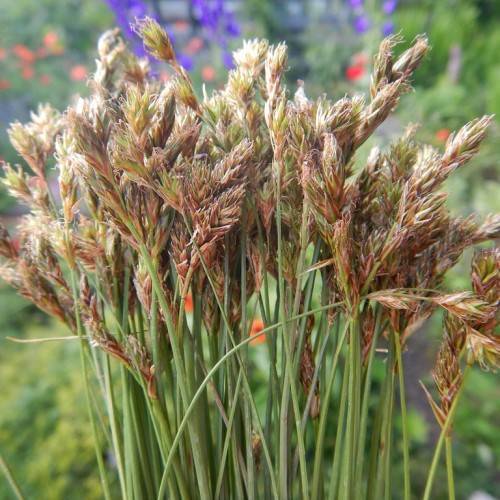
Northern Meadow Sedge
Carex praticola
Also Known As - Meadow SedgeWatering:
Average
Hardiness Zone:
Flowers:
Flowers
Sun:
Sun
Soil:
Sand
Fruits:
Fruits Ready In Fall
Leaf:
Yes
Growth Rate:
Low
Drought Tolerant:
Yes
Salt Tolerant:
Yes
watering
Northern Meadow Sedge is a low-maintenance and drought tolerant plant species. It should be watered deeply but infrequently. During the growing season of March through August, it should be watered once a week, to a depth of at least 4 inches (10 cm). If temperatures are high and evaporation is high, an extra watering may be necessary. During the dormant season from September through February, watering is not necessary unless there is an unusually long drought. The soil should be allowed to dry out completely before watering. Over-watering can cause plants to rot.
sunlight
Northern Meadow Sedge enjoys full sun or partial shade. For optimum growth, it needs at least 6 to 8 hours of direct sunlight per day. It’s best to provide this plant with afternoon shade, especially during the hot summer months. During cooler fall and winter months, it will thrive in more direct sunlight for longer periods. It’s also a good idea to provide Northern Meadow Sedge with a little shade, even during these cooler months, to prevent it from becoming stressed.
pruning
Northern Meadow Sedge should be pruned once a year during the spring or early summer months. Pruning should remove any dead or damaged foliage, as well as any low-growing foliage in order to encourage the plant to produce more upright foliage. Pruning should also focus on removing any overcrowded stems in order to encourage good air circulation throughout the plant. The removal of any stems growing too tall can also help to reduce the overall height of the plant in order to keep it in a visually pleasing shape. When pruning, care should be taken to avoid any unnecessary removal of foliage. When pruning is complete, it is important to reduce the remaining stems to a maximum of 10 inches in height, if necessary.
